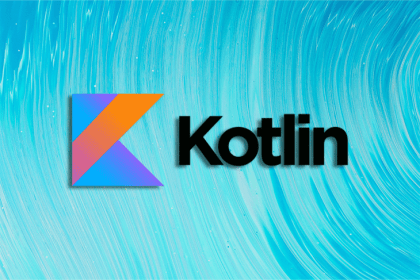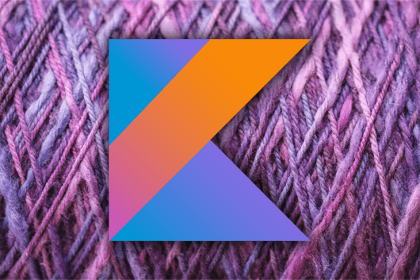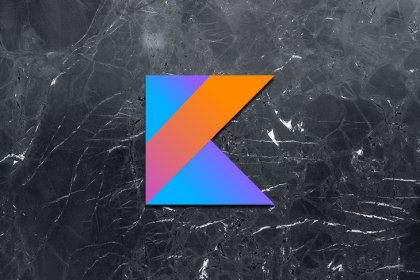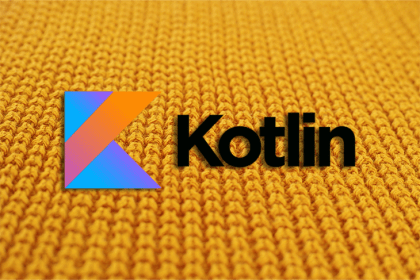
In Android applications, data binding is a process that involves coupling two data sources together and synchronizing them, increasing the speed at which your application renders.

Here’s a look at how declaring static classes can be achieved in Kotlin and the benefits of it with respect to code reusability.

Let’s look at some widely used Kotlin design patterns (such as the provider pattern and many others) with code snippets and sample use cases.

There are several ways to implement optional callbacks in Kotlin. Learn about all of them in this complete tutorial.

Discover what type casting is, how Java and Kotlin approach it, which operators Kotlin provides, and how, when, and why to use them.

With KMM, you can write the core of your app in Kotlin and use it in Android and iOS applications. You only need to write platform-specific code.

Learn how to use regular expression as a means of validation in Kotlin by building a simple app to validate a mobile number.

compareTo() and other string actions in KotlinLet’s look at how to compare Kotlin strings and other ways to work with stored string values in this statically typed language.

In this tutorial, we compare and contrast inheritance and Kotlin extensions to understand the pros and cons of each.

In this detailed tutorial, learn how to easily and powerfully test and debug your Android apps using Charles Web Proxy.

Lint tools are used to help find errors and avoid poorly written code. Learn about linting in Kotlin and how you can get started with it.

Learn about Kotlin generics, a way of writing our code in a flexible and safe with as few compile-time errors as possible.